40 food labels with additives
Overview of Food Ingredients, Additives & Colors | FDA One approach is the use of biotechnology, which can use simple organisms to produce food additives. These additives are the same as food components found in nature. In 1990, FDA approved the first ... Food additives - Canadian Food Inspection Agency There are 15 Lists of permitted food additives, which are housed on the Health Canada website, and organized by major functional categories: Anti-caking agents Bleaching, maturing and dough conditioning agents Colouring agents Emulsifying, gelling, stabilizing or thickening agents Food enzymes Firming agents Glazing and polishing agents
Food additives | Food Standards Agency Different types of food additives. Food additives are grouped by what they do. The additives that you are most likely to come across on food labels are: antioxidants – these stop food becoming rancid or changing colour by reducing the chance of …
Food labels with additives
Food Additives: Definition, Uses, Examples, Types, Preservaties What are the benefits of food additives? Ans: Food additives improve the quality, texture, consistency, appearance, and other technical requirements of the food material. Q.4. What are the most common food additives? Ans: Preservatives, artificial sweeteners, colouring agents, and antioxidants are the commonly used food additives. Q.5. Food Additives Examples, Types & List | What are Food Additives ... Food additives, such as ascorbic acid and other preservatives, are added to fresh foods to prevent the growth of harmful bacteria and mold. Wax is a food additive used as a covering over the skin... The Dirty Secrets of 'Clean' Labels - WebMD It starts with four letters: GRAS. The FDA has long used the designation "generally recognized as safe" as a way to quickly exempt common and widely used food additives, like vinegar, from rigorous...
Food labels with additives. Avoid these 6 harmful food additives - CNM Health Coach E-numbers are additives. Manufacturers either use the name of the additive or the numerical ID to display the additive on a label, such as E124 (ponceau 4R - a red food colouring). "E" stands for Europe and the codes are used to classify food additives used within the European Union. Additive labelling - Healthy Food Guide Food additives normally come under a 'class' which is a category that indicates what the food additive does. Examples of classes include preservatives, sweeteners, colours and flavour enhancers. Food additives are also assigned international code numbers - these are the numbers that we see on food labels. Additives in food products - EU labelling rules - Your Europe In an ingredient list, most food additives and food enzymes must be preceded by the name of the category to which they belong (examples: antioxidant, emulsifier, preservative). List of all additives - annex 2 part B of the EU regulation on food additives Classes of food additives - annex 1 of the EU regulation on food additives Food additive labelling - Food Standards Most food additives must be listed by their class name followed by the name of the food additive or the food additive number, for example, Colour (Caramel I) or Colour (150a). Enzymes and most flavourings (or flavour) do not need to be named or identified by a food additive number and can be labelled by their class name only.
Labeling Foods Containing Color Additives - LabelCalc Public Perception of Color Additives . The American public is reading food labels now more than ever, and color additives, in particular, have come under a lot of scrutiny, thanks to studies and anecdotes linking certain color additives to hyperactivity in children and allergic reactions. The FDA considers such information inconclusive and says ... › food › food-ingredients-packagingOverview of Food Ingredients, Additives & Colors | FDA On a product label, the ingredients are listed in order of predominance, with the ingredients used in the greatest amount first, followed in descending order by those in smaller amounts. The label... › en › health-canadaFood Additives - Canada.ca The Food and Drug Regulations (the Regulations) require that food additives must meet certain standards for identity and purity in order for the additive to be considered food-grade. These standards, or specifications, were updated in the Regulations on December 14, 2016, in part to replace specifications that were set out in the Regulations ... Food Labels | Nutrition.gov What's New with the Nutrition Facts Label. HHS, Food and Drug Administration. The U.S. Food and Drug Administration (FDA) has updated the Nutrition Facts label on packaged foods and beverages with a fresh design that will make it easier for you to make informed food choices that contribute to lifelong healthy eating habits. What's in a Name?
E number - Wikipedia E numbers ("E" stands for "Europe") are codes for substances used as food additives, including those found naturally in many foods such as vitamin C, for use within the European Union (EU): 27 and European Free Trade Association (EFTA). Commonly found on food labels, their safety assessment and approval are the responsibility of the European Food Safety Authority (EFSA). › organic-food › art-20043880Organic foods: Are they safer? More nutritious? - Mayo Clinic Apr 22, 2022 · No, "natural" and "organic" are different. Usually, "natural" on a food label means that the product has no artificial colors, flavors or preservatives. "Natural" on a label doesn't have to do with the methods or materials used to grow the food ingredients. Also be careful not to mix up other common food labels with organic labels. Don't Be Fooled by Food Labels - WebMD If it's labeled "natural," it's healthier. a. True. b. False. Sources | Medically Reviewed on August 02, 2021. This tool does not provide medical advice. See additional information. Food Label Misconceptions - Food Ingredient Facts The truth of the matter is that food labels, including those with long lists of scientific names, are clean and safe themselves; and to get rid of these naturally-occurring, supportive ingredients and additives only serves to reduce taste, convenience, shelf-life, and overall food efficiency.
Food additives - WHO | World Health Organization Substances that are added to food to maintain or improve the safety, freshness, taste, texture, or appearance of food are known as food additives. Some food additives have been in use for centuries for preservation - such as salt (in meats such as bacon or dried fish), sugar (in marmalade), or sulfur dioxide (in wine).
› en › topicsFood additives | EFSA Food additives are substances added intentionally to foodstuffs to perform certain technological functions, for example to colour, or to help preserve foods. ... The most common additives to appear on food labels are antioxidants (to prevent deterioration caused by oxidation), colours, emulsifiers, stabilisers, gelling agents and thickeners ...
Food additives | EFSA 04.07.2022 · The most common additives to appear on food labels are antioxidants (to prevent deterioration caused by oxidation), colours, emulsifiers, stabilisers, gelling agents and thickeners, preservatives and sweeteners. Activities. EFSA’s expert Panel on Food Additives and Flavourings FAF) carries out its safety evaluations of food additives. It reviews all available, …
Clean Food Facts - Looking critically at labels and marketing and ... Looking critically at labels and marketing and empowers you to make healthy food choices. Mobile Menu. Close Menu. Home Plant-Based Meat Guide In the News Blog Ads Americans Want Clearer Labels on Fake Meat: Poll New Study: Fake Meat Can’t Deliver the Nutrients of Real Meat Ad: Processed Parts Fake Chicken Lab-Grown Meat Proponents Fight …
Food labels: What are additives and E-numbers? - AngeNoy.com Additives can be natural or artificial in origin, and can be listed with either an e-number or a name, such as Sweetener (Aspartame), or Sweetener (E951). What are E-numbers? E-numbers are reference code numbers given to different chemicals that have undergone safety tests and been approved for use as food additives throughout the European Union.
12 Common Food Additives — Should You Avoid Them? Chicken, beef, fish, pork, legumes, nuts, eggs and tempeh are just a few delicious high-protein foods that you can add to your diet in place of processed meats. Summary Sodium nitrite is a common...
8 misleading food marketing labels - AGDAILY So, even though it is true, a "No Added Hormones" label on your chicken, turkey, or bacon is a bit deceptive because it's true whether they've decided to add that label to the packaging or not. Hormones are allowed to be provided to beef cattle so that they grow quicker and, therefore, require less feed.
› food-and-drink › food-warningsFood and drink additives you should avoid. | CHOICE Colours and cancer. Two long-term feeding studies showed that erythrosine (127) increases the incidence of thyroid tumours in rats. But a review of these and other available data by the Joint Expert Committee on Food Additives (JECFA), which is administered jointly by the Food and Agriculture Organisation of the United Nations and the World Health Organization (WHO), concluded the colour is safe.
Food Additive Status List | FDA Additives included are those specified in the regulations promulgated under the FD&C Act, under Sections 401 (Food Standards), and 409 (Food Additives). The Food Additives Status List includes...
Food Additives and Compounds | Nutrition.gov Consumer Info About Additives & Ingredients. HHS, Food and Drug Administration, Center for Food Safety and Applied Nutrition. Find information from the Food and Drug Administration ( FDA) on benzene, color additives, fat substitutes, food irradiation, preservatives, sweeteners, sulfites, and more.
Understanding Food Labels - Food Ingredient Facts Food labels are required to list all ingredients contained in the food in descending order based on the amount found in the final product. Most food additives are therefore found toward the end of the ingredient list. This indicates they are used in very small amounts in the food, generally less than two percent of the product.
Food Additives Labeling: LabelCal Color Additives: Color additives have their own separate list, much like the Food Additives List, called Color Additive Status List. If you have trouble finding a particular additive, you can call (240) 402-1200 and speak to the CFSAN Office for Food Additive Safety.
Food additives - Food labels - Canadian Food Inspection Agency Unlike food additives, processing aids are not considered to be ingredients, and are therefore not required to be declared on prepackaged food labels under FDR. Although there are no regulatory requirements for the preclearance of processing aids as there are for food additives, using processing aids is controlled by subsection 4(1) of the Food ...
Food Additives - Canada.ca The Food and Drug Regulations (the Regulations) require that food additives must meet certain standards for identity and purity in order for the additive to be considered food-grade. These standards, or specifications, were updated in the Regulations on December 14, 2016, in part to replace specifications that were set out in the Regulations for certain food colours with more …
› safety-hygiene › food-additivesFood additives | Food Standards Agency Different types of food additives. Food additives are grouped by what they do. The additives that you are most likely to come across on food labels are: antioxidants – these stop food becoming rancid or changing colour by reducing the chance of fats combining with oxygen; colours
Food Ingredients & Packaging | FDA 21.04.2021 · Overview of Food Ingredients, Additives & Colors; Determining the Regulatory Status of a Food Ingredient; Packaging & Food Contact Substances. Access program information, inventories, and ...
Common food additives and chemicals harmful to children 26.07.2021 · They all contain food additives or chemicals that can be dangerous for children. Over the last few decades, the number of chemicals added to foods and other products has skyrocketed. We have created all sorts of plastics that are used in innumerable ways. We add preservatives to foods to keep them fresh. We add chemicals to foods to make them look more …
Read Your Labels: The "Top Ten" Additives to Avoid: A Recap These "excitoxins" can be found in soups, broth, flavoring additives, chips, dips, soup mixes, ramen noodles, frozen meals, snack mixes, canned fish, and a wide variety of other dishes - including "natural," "vegetarian," and organic ones. Why you should avoid them:





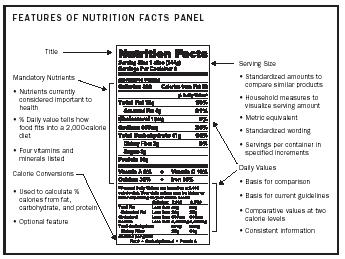


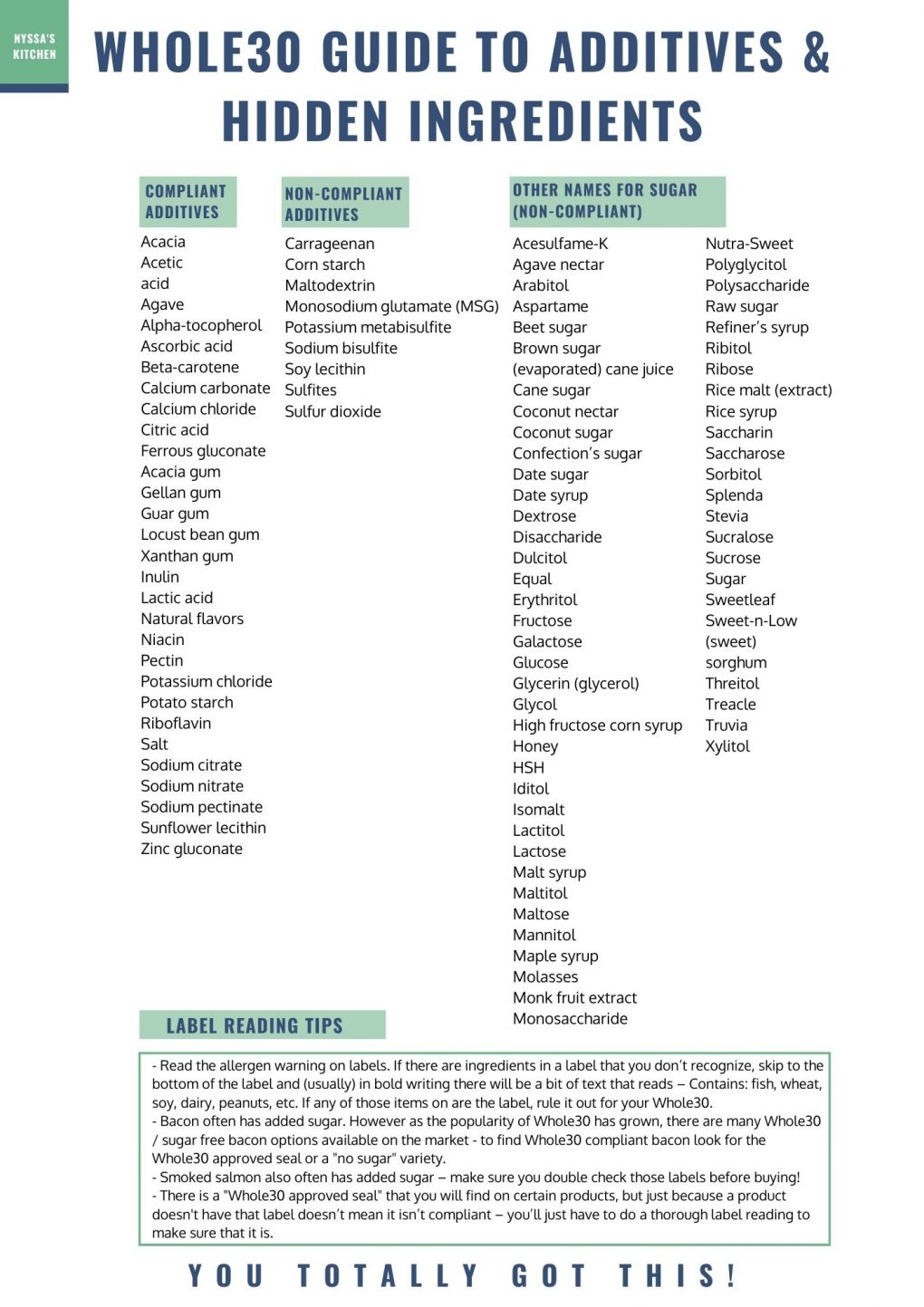
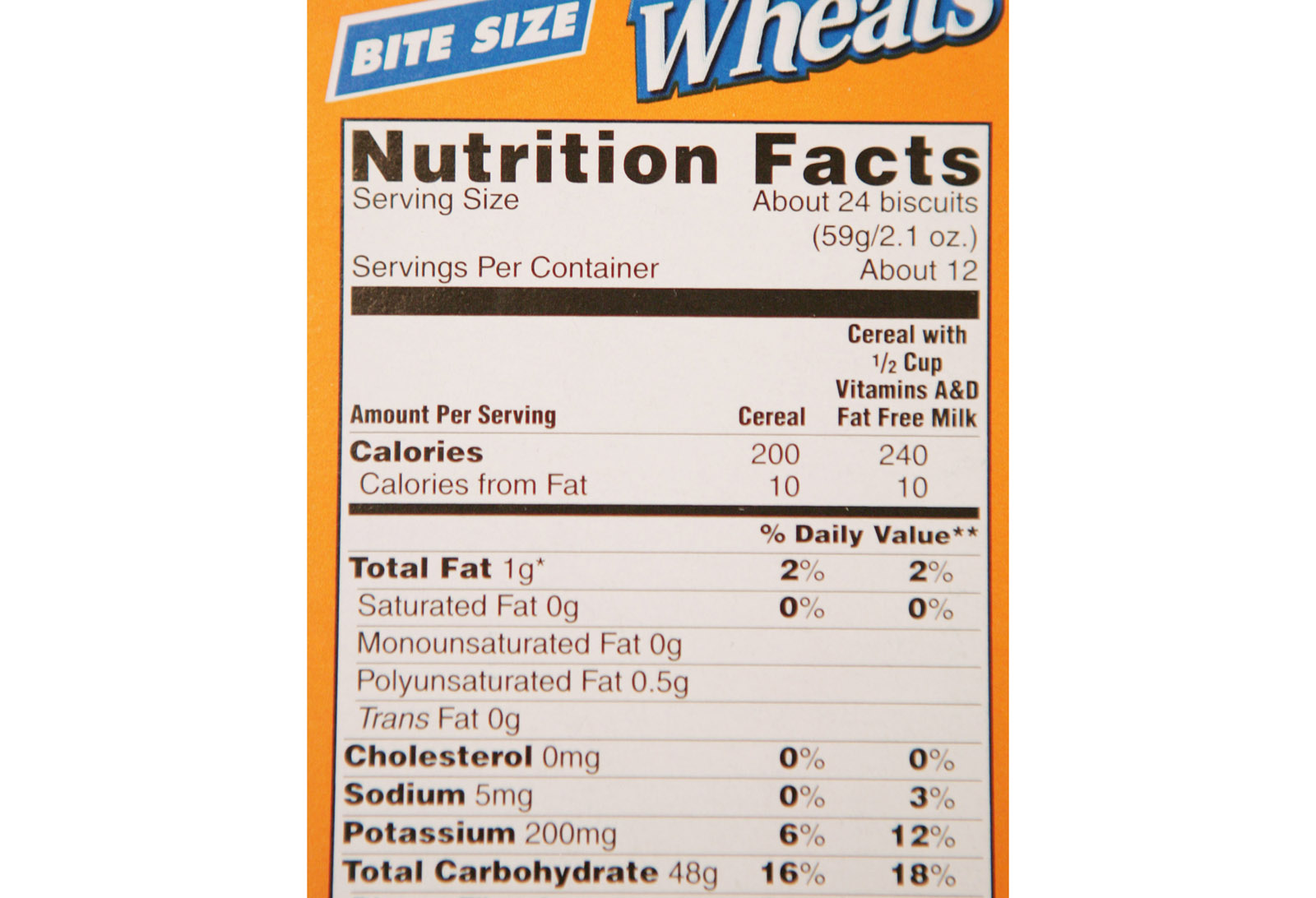
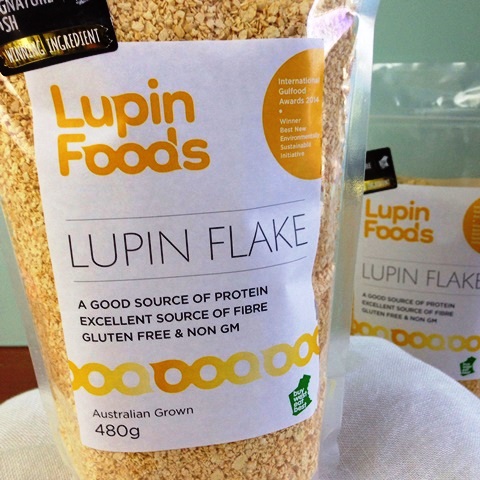


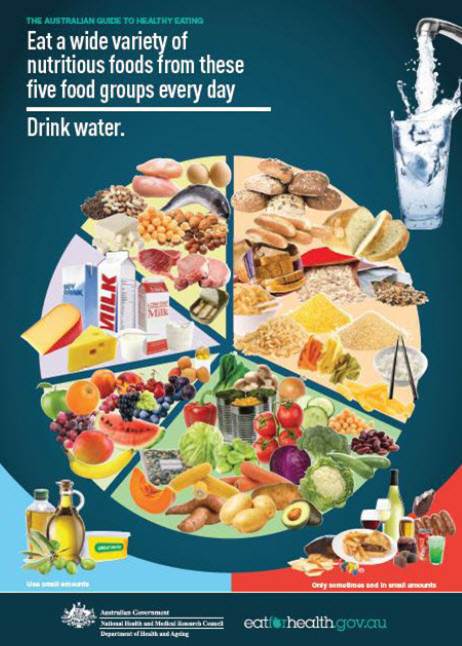
Post a Comment for "40 food labels with additives"